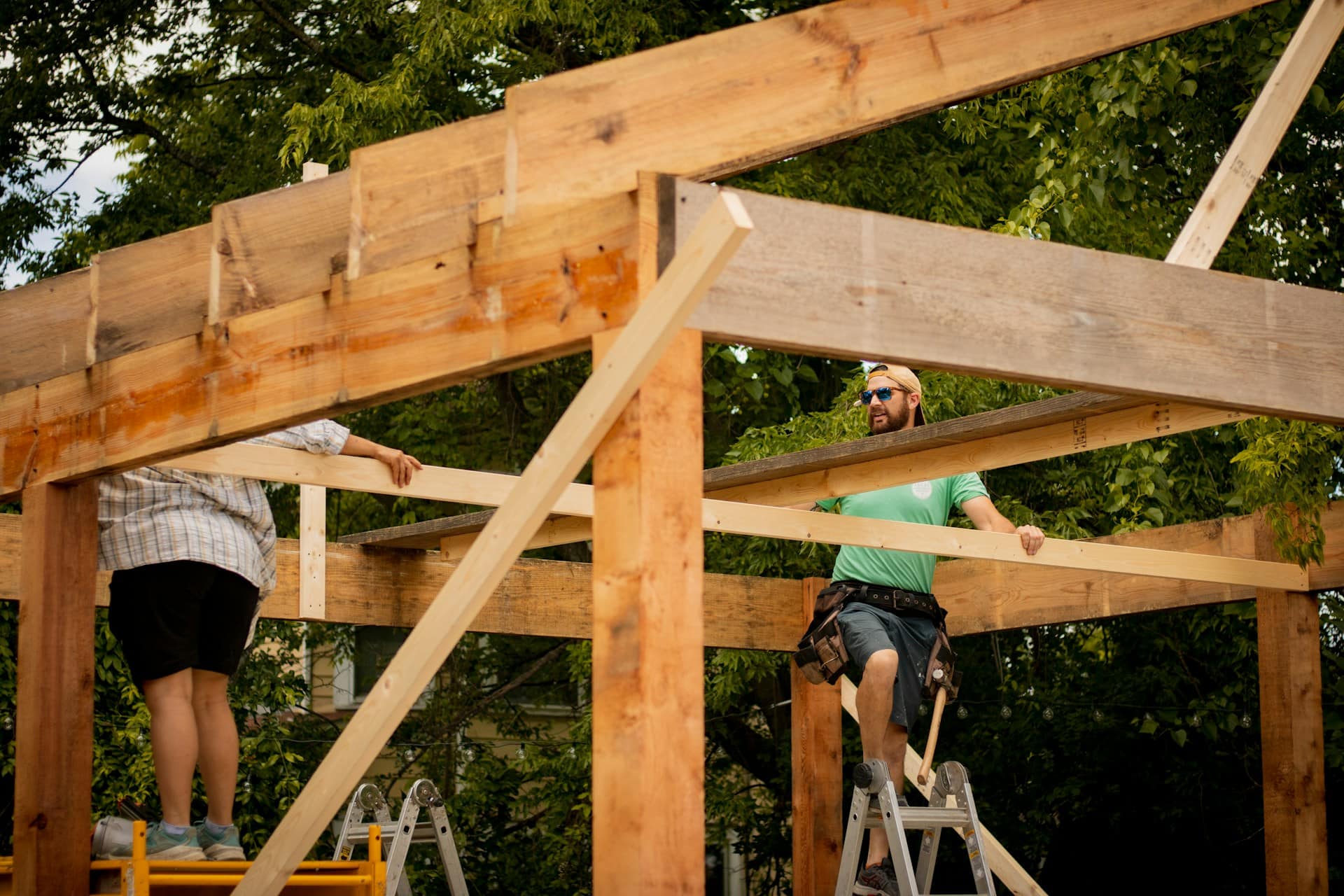
Superannuation is an asset that many people start accumulating when they are young, and for retirees it can become a primary source of income.
Superannuation can be held in an industry fund or a self-managed superannuation fund. However, very few people are familiar with the superannuation laws and how your superannuation is governed.
If you have invested your superannuation in an industry superfund, then your superannuation fund is regulated by the Superannuation Industry (supervision) Act 1993. If you have a self-managed superannuation fund, then your trust deed regulates members benefits and death entitlements.
Superannuation is a topic that should be discussed when preparing your estate planning, and if it is not considered, it can cause disputes amongst family members.
Unless specified, superannuation is an asset that does not form part of your estate. Instead upon death, the trustee will look to see if the deceased member has completed a death nomination form.
Depending on the death nomination form completed, the trustee may be bound by your nomination or may have discretion. It is important that you disclose your personal circumstances to a lawyer and obtain legal advice prior to completing your death nomination form.
In the absence of a death nomination form and subject to the specific terms of the superannuation fund, the trustee will consider paying the deceased member’s death benefit as follows:
- Spouses;
- Dependents;
- Interdependent; or
- Legal personal representative.
If a trustee cannot identify anyone from the above categories to pay the death benefit to, then they will contact and take submissions from relevant parties (such as adult children, mothers, fathers, grandparents, or cousins) to assist them in making a decision.
A consequence of not completing a binding death benefit nomination is disputes can arise between potential beneficiaries. In a report published by The Australian Law Reform Commission, between January and March 2017 complaints regarding the trustee’s distribution of a death benefit amounted to 21.5% of complaints received.[1] Whereas, if a valid binding death nomination is made the trustee generally has no discretion to override it.
In a submission made to The Queensland Law Society, the submission provided an example where a woman in her 70s and her partner attended a law firm’s office to prepare a Will and the solicitor identified that the woman lacked the relevant capacity to make same. The woman’s largest asset was her superannuation entitlements and she had prepared a binding death nomination two weeks prior to her meeting with the lawyer. This concerned the lawyer as she believed that the woman could not understand the nature of the nomination and the effect of her decision.
The lawyer believed that it was probable that the partner was financially abusing the woman and had instructed the woman to sign the nomination.[2] Unfortunately, these scenarios occur frequently when elderly people are preparing their estate planning documents. This is another reason why speaking to a lawyer is imperative prior to preparing a Will, powers of attorney documents and death nominations.
If you require assistance completing a death nomination form or have any concerns about a nomination, please contact one of our friendly team members at Scanlan Carroll.
[1] ‘Focus: Death Benefits’, SCT Quarterly (Q1 2017) <www.Sct.Gov.Au/Newsletters/Sct-Quarterly-Q1-2017>.
[2] Elder Abuse-A National Legal Response (ALRC Report 131), Queensland Law Society, Submission 159.
Recent Articles
News Categories





